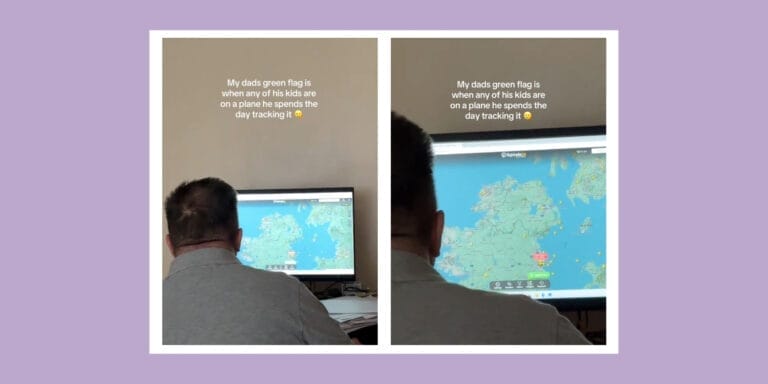5 ways to expose your children to other cultures

A world of culture is right at their fingertips.
Table of Contents
In an ideal world, jetting around the globe with children would be an easy endeavor. But for most mamas, budget and time constraints (not to mention the more obvious challenges of traveling with little ones!) make it all but impossible.
Fortunately, global travel isn’t the only way to expose children to new cultures and foster cultural empathy. “One of the easiest ways to encourage your child’s cultural empathy and understanding is by being open to other cultures,” says Dr. Sanya Pelini, Ph.D. and practical parenting expert.
Here are five empowering ways to promote cultural empathy in your young child—without having to leave your neighborhood.
1. Explore the world through books and entertainment.

Books can be one of the simplest ways to broaden a world view for kids and adults alike. “Good books not only teach your child about different cultures and their traditions, it is also a great way to help your child pick up new vocabulary and information about different regions around the world,” Pelini says. Nick Jr.’s Canticos’ books like Little Chickies-Los Pollitos is a great place to start (and it was named Kirkus’ Best Book of the Year!).
Videos can help too. Canticos is also available as animated short-form video content that introduces children to Spanish and encourages bilingualism through familiar nursery rhymes.
Share and sing along to the episodes with your little one here —and don’t be surprised if you start hearing “The Wheels on the Bus” en espanol.
2. Encourage curiosity and research.
Odds are, you have cultural resources right in your community you can take advantage of. Pick a country once a month and plan events (or even just a themed dinner) around experiencing that culture. Older children can be tasked with researching the country and reporting back to the family on history, geography, music and language of the chosen country, while littler ones can help you prepare recipes commonly eaten in that culture.
“One of the biggest obstacles to developing cultural empathy is a lack of understanding of the other,” Pelini says.
3. Spend time with all different types of people.

Maybe your sister’s husband is from a different country or your neighbor grew up with a different religion. Use these differences as an opportunity to teach your children that, while other people may do different things, everyone deserves love and respect.
“It is important for your child to get real exposure to different cultures. Having someone from a different culture in your family is a great opportunity to teach your child that there’s nothing wrong in being different,” Pelini says. “Getting real exposure can help your child understand that people can be culturally different but still have so many things in common. It can be a great way to break down stereotypes.”
Don’t have a nearby friend or relative you can tap? Do a little research to find cultural festivals or other cultural events happening in your community.
4. Encourage your child to ask you questions.
Encourage your children to ask questions, and don’t get uncomfortable even if you feel like the question is difficult. “There is no need to get embarrassed when your child asks ‘why is that lady black?’ or ‘why are his eyes like that?’ We all notice differences, and kids are not different,” Pelini says.
Instead of skirting the issue, try saying: “There are many different people in the world: some are black, some are white, some are brown, etc.” By normalizing cultural differences, you help your child to feel even more connected to people who are different from him. Encountering those who might be from different backgrounds enriches children’s lives immeasurably.
And if your child does get struggle with something—it becomes a rich teaching moment for you to help them learn and stretch their empathetic muscle by considering another’s point of view. Talking to them about feelings is key to fostering empathy.
Today’s kids are the most diverse generation of Americans ever, and animated short form content like Nick Jr.’s Canticos are committed to reflecting that diversity with content that brings together kids and familiar from all backgrounds.
5. Set an example.

Your child learns just as much from your reaction to different cultures as from what you say. That’s why promoting cultural empathy and sensitivity starts with you. “Showing your child that you do not tolerate (or make) such comments shows you respect other cultures and gives her a model to follow,” Pelini says.
When you exhibit respect and show your child what kind, caring relationships look like—they will learn from your ongoing example.
Maybe one day you and your children will travel the world, but for now, there are many ways to foster an empathetic spirit from home.
This article was sponsored by Nick Jr. + Canticos . Thank you for supporting the brands that support Motherly and mamas.
Dr. Sanya Pelini holds a Ph.D. in education. She transforms educational research into practical parenting tools and resources on her blog Raising Independent Kids .


































